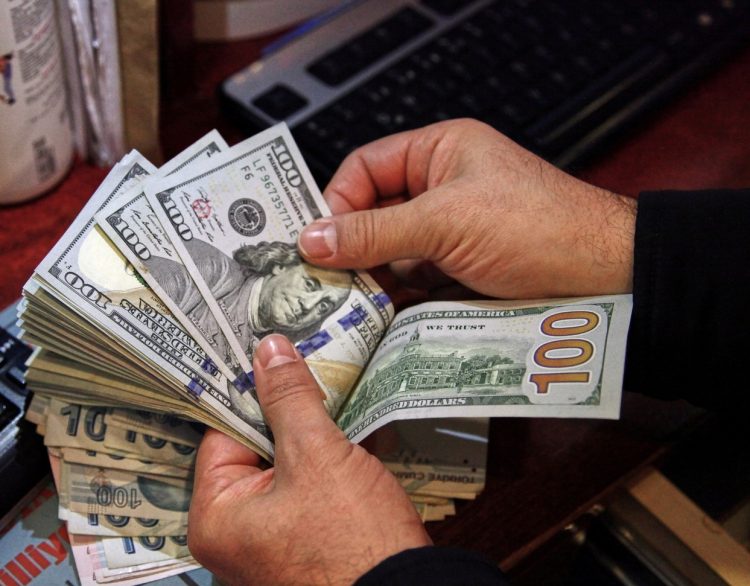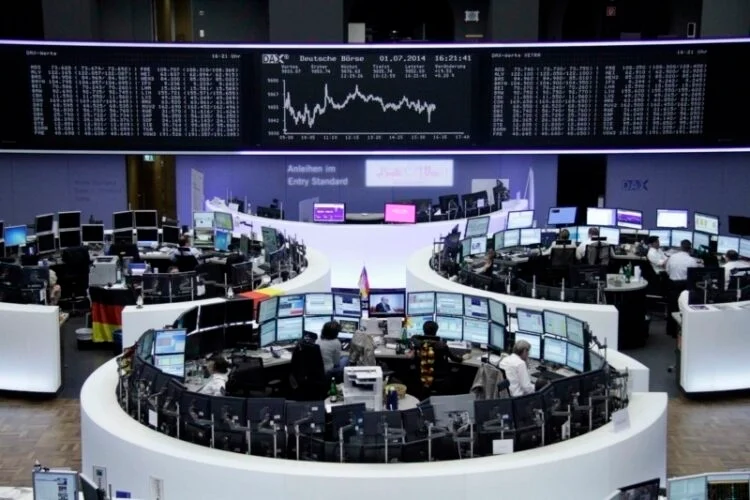Publisher: Maaal International Media Company
License: 465734
US dollar heads for its second consecutive weekly gain
اقرأ المزيد
The dollar is heading on Friday to record broad gains for the second week, after the interest rate hike in Japan failed to stop its upward march and the surprise rate cut in Switzerland highlighted the gap between the attitudes of the Federal Reserve (the US central bank) and its peers around the world.
According to Reuters, expectations of easing policy in China led to increased pressure on its currency, which fell sharply to the lowest level in 4 months during internal trading, raising investor fears and prompting government banks to intervene.
In the latest trading, the Chinese currency reached 7.2254 per dollar, and this trend extended across the exchange markets, with the dollar rising against its counterparts in Asian trading, while the euro fell to its lowest level in three weeks at $1.0834, down 0.5% during the week.
The Australian and New Zealand dollars fell by more than 0.5% each, and are on track to record weekly losses.
“This will make some people think about what’s next,” said Emery Spizer, a strategist at Westpac. “The US economy is in good shape and it does not appear that the Federal Reserve needs to rush (to cut interest rates).”
The Bank of Japan recently announced a historic shift by abandoning negative short-term interest rates and setting a ceiling on long-term yields. The yen fell and is trading near multi-decade lows at 151.51 to the dollar.
The dollar rose against the yen by 1.6% this week and is approaching the levels that prompted Japanese authorities to intervene in 2022, worrying investors while they are also looking for other currencies to buy and take advantage of interest rate differential deals.
The pound sterling fell last night after the Bank of England kept interest rates unchanged. Over the course of the week, sterling fell 0.7% and touched a 3-week low at $1.2635 in the Asian session.








